Culture & Museums

Wolf Trap Pavilions

Evelyn Rubenstein Jewish Community Center of Houston

Newark Community Museum of Social Justice

Brooklyn Public Library, Brooklyn Heights Branch

Frisco Public Library

Jackie Robinson Museum

Guulabaa (Place of Koala)

Fair Park Fitzhugh Parking Structure

Debbie Allen Dance Academy

Klyde Warren Park 2.0

Kaleideum (Formerly Children’s Museum of Winston-Salem and SciWorks)

Air Force Flight Test Museum and STEM Center

Yantai Ba Jiao Bay Culture Exhibition Center

First Unitarian Church Fellowship Hall

Holcomb Family YMCA

Lijia Smart Hall
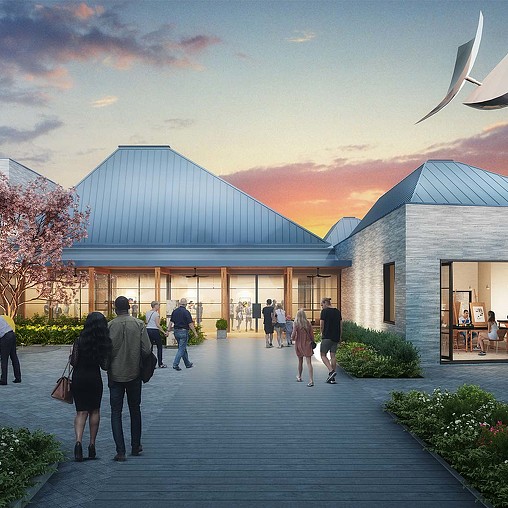
LaGrange Art Museum

Academy Museum of Motion Pictures

Sanya Yazhou Bay Science and Technology City

SAY Sí Community Arts Center

Beth Yeshurun Sophia and Jack Bender Memorial Chapel
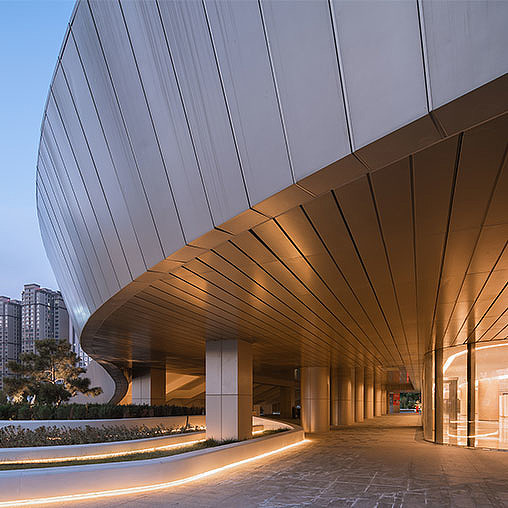
Yulin Grand Theatre
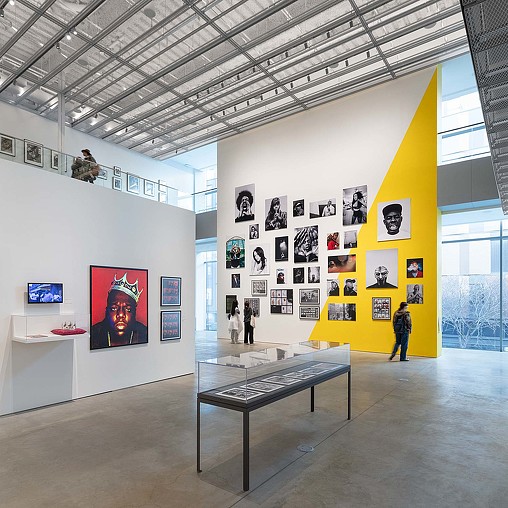
International Center of Photography

Boston Center for the Arts: Brand Design

The Museum of Modern Art

The Museum of Modern Art: Signage and Wayfinding Program

Pavillon Notre-Dame
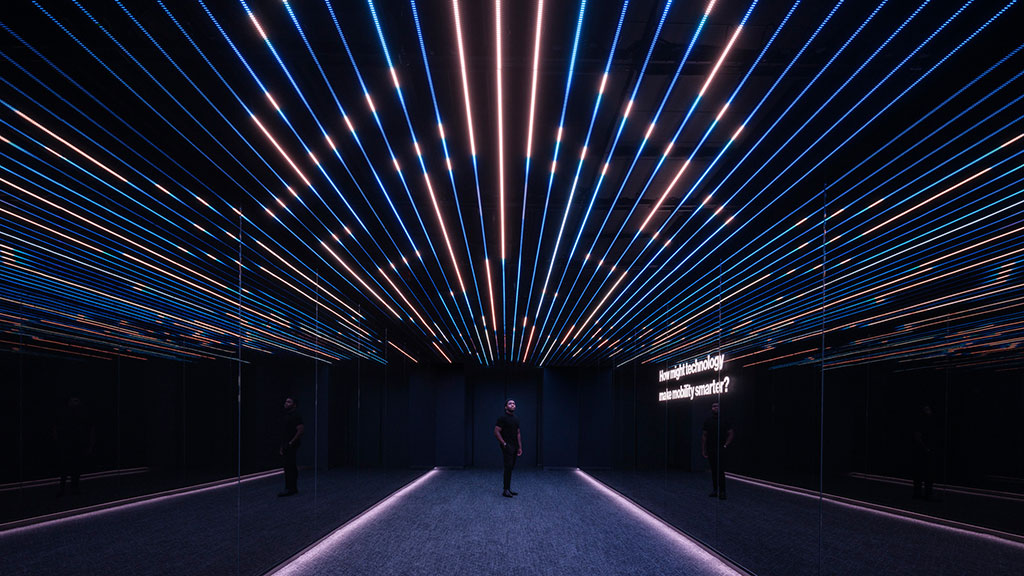
Immersive Experiences: A Movement Beyond Fad

Beyond Books, Libraries Are Vital Community Hubs

Equity and the 20-Minute Neighborhood

What Is the Architect’s Role in Creating Equitable Communities?

Libraries Are Crucial Social Infrastructure for the 20-Minute City
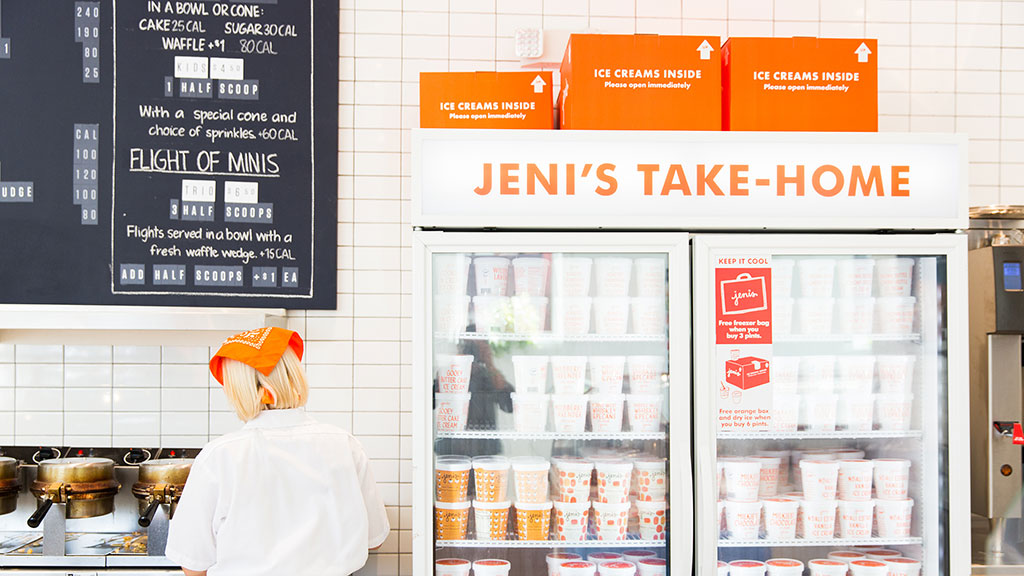
Creating Spaces That Evoke Joy Through Immersive Design

Rethinking What Museums Can Do for Communities — and How We Design Them

How Inside-Out Design Can Boost the Cultural Experience

A YMCA Facility Reconceptualized to Prioritize Wellness and Community

Models for Co-Creation and Partnership with the Black Community

The Future of the Museum Experience: Diverse, Inclusive, and Digital

Design Forecast 2022: Culture & Museums

How Architects and Designers Can Continue to Prioritize Inclusivity

The Future of Live Music Venues

Designing a Black-Owned Gallery to Elevate Artists of Color
Cultural destinations will continue to be essential community infrastructure.
Libraries and museums are adapting to new roles, partnering with like-minded organizations, and providing fundamental community functions rather than serving as ancillary spaces. Community asset mapping and strategic planning will help these institutions integrate within their communities to become more accessible, equitable community hubs.
Creating more equitable and accessible experiences will become table stakes for both staff and visitors.
For mission-driven institutions, creating more equitable and accessible museum experiences for people with different interests, backgrounds, and abilities is paramount. Institutions should focus on visitors, as well as staff, by providing a range of choices, more transparency between front and back of house, and breaking down hierarchies to create more equitable environments.
A diverse mix of analog and immersive experiences will help reach new audiences.
To grow new audiences, cultural institutions should provide a range of experiences in their spaces — from analog to ambient immersive experiences using hands-free technologies and one-of-a-kind designs — rather than pushing visitors to hardware such as VR headsets. This offers diverse audiences more choices and different entry points and levels of engagement.


Michael Volk

Bevin Savage-Yamazaki

A New Interactive Education Experience Is Coming to Pennsylvania Avenue

The Frisco Public Library Featured in American Libraries’ 2023 Library Design Showcase

Designed by Gensler, Frisco Public Library Opens as the Sixth Largest Library in Texas

Archinect Celebrated The Year’s Top Efforts to Further Social Justice, Equity, and Representation in the Industry

The International Center of Photography Merges its Museum and School in One Hip Locale

The Newly Opened Jackie Robinson Museum Focuses on Citizenship and Humanity At Large

How Debbie Allen and Shonda Rhimes Built the New Home of the Debbie Allen Dance Academy

Dezeen Shared a Vision to Reimagine the Flight Test Museum in California

Gensler

Architectural Record Spotlighted the $482 Million Museum Academy of Motion Pictures Complex

This Black-Owned and Operated Gallery in South Los Angeles Is Designed to Empower Emerging and Underrepresented Artists of Color

The Benton Art Museum at Pomona College Brings Mediterranean Flair

Interior Design Magazine Takes a Virtual Tour of The Academy Museum of Motion Pictures

How Gensler Transformed a Former Warehouse to Create the Shonda Rhimes Performing Arts Center, Home of Debbie Allen Dance Academy

Wallpaper Explores How MoMA’s Expansion by DS+R and Gensler Prioritizes Connection
